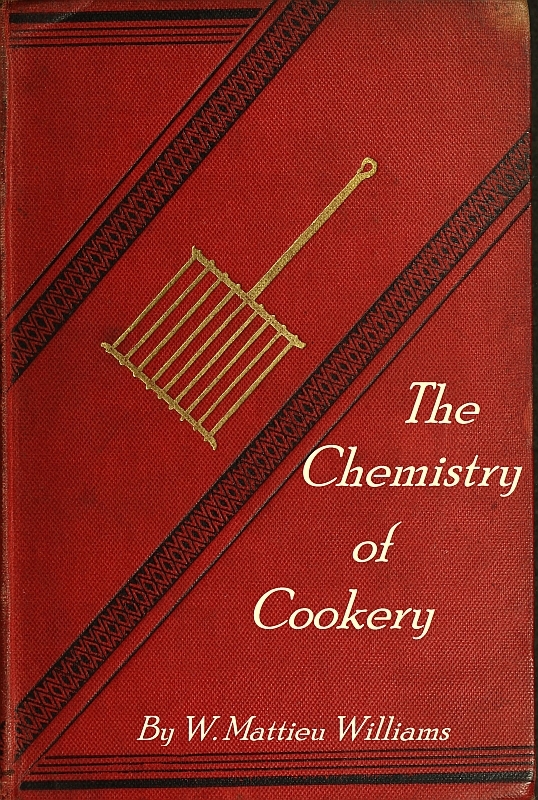Mastering the Canning Process
Canning’s success began with science. In the late 19th century, breakthroughs in microbiology and chemistry laid the foundation for safe food preservation. Professor H. I. Blits simplified industrial processes by using steam and hot air to expel harmful gases and bacteria. W. Mattieu Williams, in The Chemistry of Cookery, explained the transformations food undergoes under heat, advocating for greater kitchen science to improve both flavor and safety. Adams and Moss’s work in food microbiology reinforces these pioneers, explaining how the scientific method secured consumer trust. Together, these innovators bridged the gap between lab and kitchen, giving manufacturers and home cooks alike the confidence to embrace preserved foods. This section showcases the scientific ingenuity that kept pantries stocked and meals safe.
H. I. Blits, Methods of Canning Fruits and Vegetables by Hot Air and Steam, 1890.
Blits’s manual demystified industrial canning for everyday practitioners. By refining techniques using steam and hot air, he reduced labor and improved safety, helping both factory operators and home preservers. His focus on expelling cold air and neutralizing gases built public trust in preserved foods. As Adams and Moss explain, controlling microbial life was crucial to safe food storage, and Blits’s accessible guidance empowered readers to embrace science in the kitchen and the factory.
W. Mattieu Williams, The Chemistry of Cookery, 1883.
Williams’s The Chemistry of Cookery brought scientific curiosity into domestic spaces, explaining how heat transforms food at the chemical level. He argued that everyday cooking could benefit from scientific understanding, a belief echoed in Adams and Moss’s exploration of food safety. Williams emphasized that knowledge of culinary chemistry not only improved flavors but also ensured safety, reinforcing canning’s role as both a scientific triumph and a household innovation.

